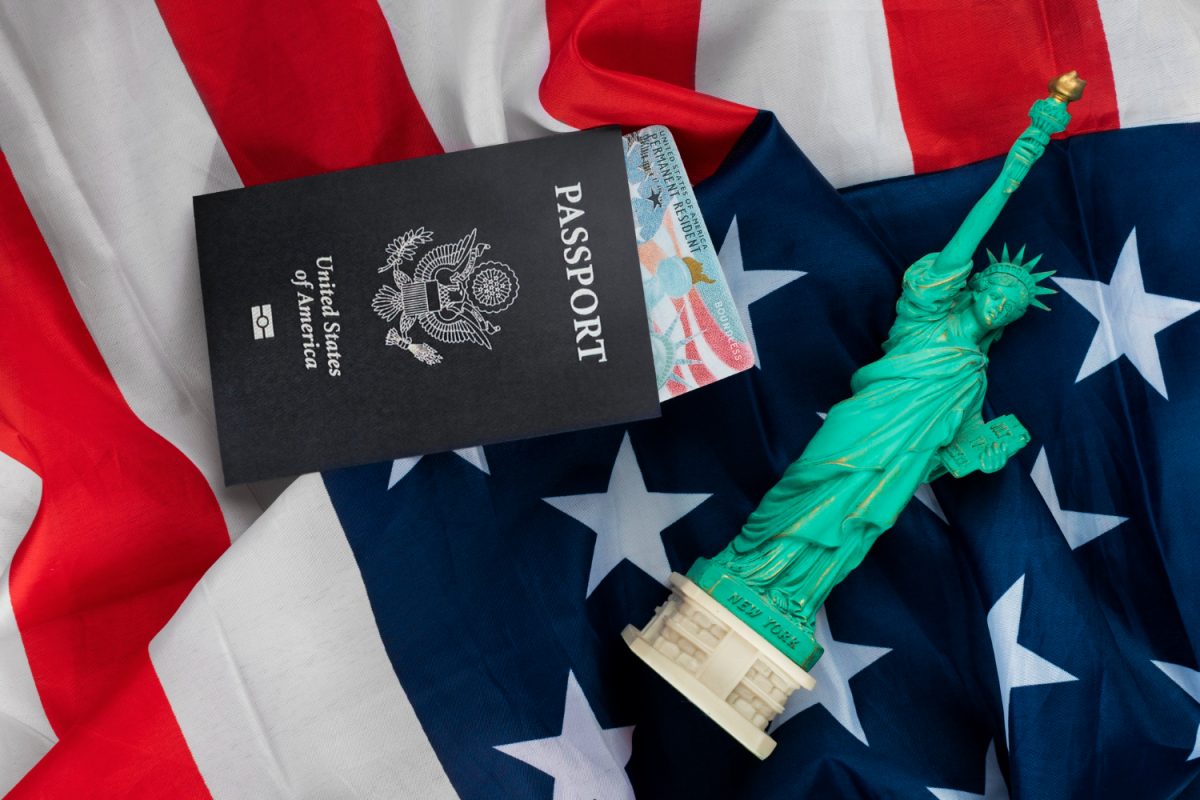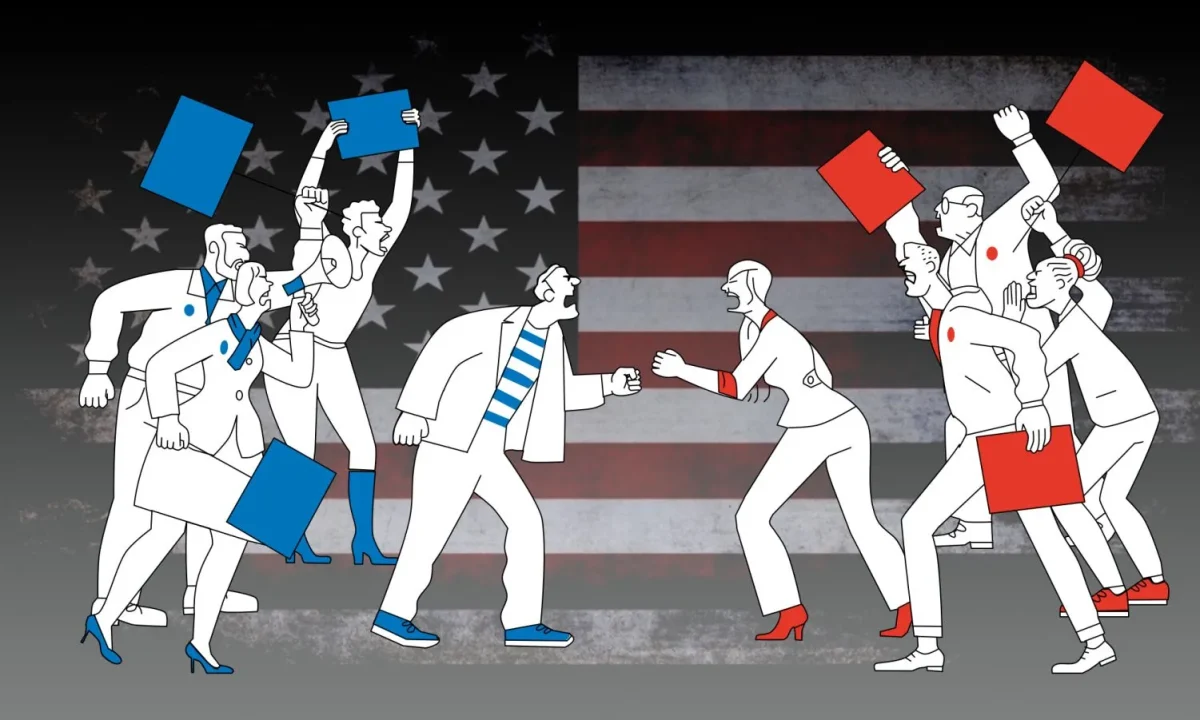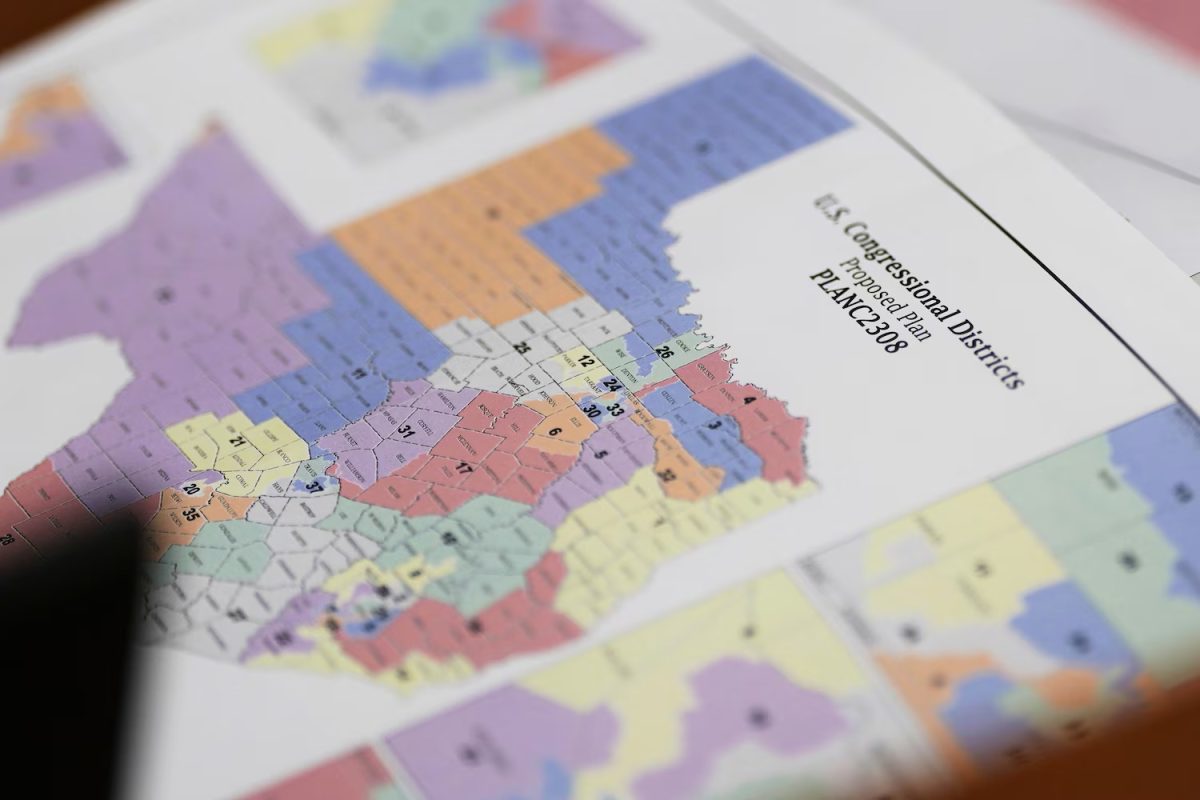America often prides itself to be the land of opportunity, a place where everyone can thrive regardless of their background, But, when you look at the history, that story is a lot messier. It’s a tale of doors being opened only to be slammed shut, promises that never get kept, and people being stripped of their dignity. Immigrants have always been the backbone of this country, from building its infrastructure to feeding its economy and creating its culture. And yet, time and time again, the very people who helped advance this nation have faced fear, hatred, and policies aimed at pushing them out. America’s relationship with immigration is a love-hate one—one that’s built on the tension between the ideals of freedom and the reality of exclusion.
The Alien Enemies Act (1798)
One of the first signs of this complicated relationship was the Alien Enemies Act of 1798. Part of the infamous Alien and Sedition Acts, this law gave the government the power to deport non-citizens from countries considered enemies during times of war. The Act was rarely used at first, but it laid the groundwork for a future of targeted immigration policies based on national security fears. It was the beginning of a trend: whenever there’s an air of panic in the U.S., the government tends to look at immigrants—especially those from certain countries—as potential threats. This fear-driven approach to immigration didn’t stop with the Alien Enemies Act; it would come back time and again throughout history, as lawmakers sought to control who could stay and who had to go.
Operation Wetback (1954)
Fast forward to 1954, when Operation “Wetback” took center stage. Under President Dwight D. Eisenhower, the U.S. government launched a mass deportation campaign targeting Mexican immigrants—many of whom had lived in the country for years. The operation rounded up over a million people, some of whom were U.S. citizens or legal residents. The tactics used were extreme, including mass arrests, forced labor, and deportations that often left people in dangerous conditions. Operation Wetback is a painful chapter in U.S. immigration history—it was not just about border control, but about an entire community being treated as disposable. The scars left by Operation Wetback still affect how Mexican immigrants—and by extension, all immigrants—are viewed in the U.S. today. The fear of the “illegal immigrant” persists, and policies like this one continue to echo through time, shaping how people talk about immigration now.
The Deferred Action for Childhood Arrivals (DACA) Program (2012)
In 2001, legislation known as the DREAM Act was proposed to Congress with the aim of protecting the children of undocumented immigrants in the United States vulnerable to deportation. The Development, Relief, and Education for Alien Minors Act (DREAM) was designed to create a path to citizenship for undocumented youth through certain requirements such as conditional residency, a high school diploma, and continued moral character without a criminal background. Multiple variations of this act were proposed and deferred by legislation. Due to the lack of congressional action, President Barack Obama instituted the Deferred Action for Childhood Arrivals, commonly known as DACA, to provide temporary relief from deportation and work authorization to its recipients.
DACA was a lifeline for these undocumented immigrants, known as DREAMers, who arrived in the U.S. in the arms of their parents. This policy recognized that the children brought to the U.S. had no control over their immigration status and should not have to live in fear but rather be provided with the same opportunity and equality as any other hardworking individual. Although DACA did not grant them a path to citizenship, it provided them with protection from deportation and security. The program allowed these children to secure work permits, Social Security numbers, and driver’s licenses, providing them with the right to live and work legally. Overall, this program greatly benefited these recipients as well as the overall U.S. economy, which received billions in cash flow due to the increased employment and spending of these temporary residents. These immigrants now felt safe enough to pursue a higher education, many of them paving pathways to contribute to critical careers such as healthcare education and technology.
This policy was later challenged in 2017 when Donald Trump attempted to end it on the grounds that it was unconstitutional. After multiple hearings, the Supreme Court decided to continue DACA, ruling the attempt to end it was unlawful. During his term in 2021, President Joe Biden strengthened the program by formalizing it into federal regulation in an honorable yet eventually futile attempt to protect it from future legal challenges. Later the same year, a Texas federal judge ruled that the act was unlawfully created, claiming that President Barack Obama had overstepped his power and this decision. Recently, as of January 16, 2025, the 5th U.S. Circuit Court of Appeals reinforced this decision, ruling against DACA on the grounds that Barack Obama had overstepped his authority in establishing the program. These changes allow current recipients to renew their status but completely prohibit the entrance of new applications.
The Struggle for Equality
As we look at the history of immigration policies in the U.S., one thing becomes clear: the treatment of immigrants is a constant tug-of-war between promises of freedom and exclusionary practices. From the Alien Enemies Act to Operation Wetback, and even the creation and eventual dismantling of DACA, the story of immigration is full of contradictions. The fight for immigrant rights is ongoing, and it is one that continues to shape America’s identity.While DACA brought temporary relief to many, the constant legal battles remind us that the fight for equality and opportunity remains ongoing. As policymakers continue to shape the future of immigration in America, one thing is certain: this is a fight for justice and dignity, one that will continue to define the character of the nation. The complicated love affair America has with immigration is not just about policy—it’s about the people whose lives are impacted by these policies, and the choices we make as a country moving forward.
Sources:
https://www.americanimmigrationcouncil.org/research/dream-act-overview
https://library.law.howard.edu/civilrightshistory/immigration/daca














